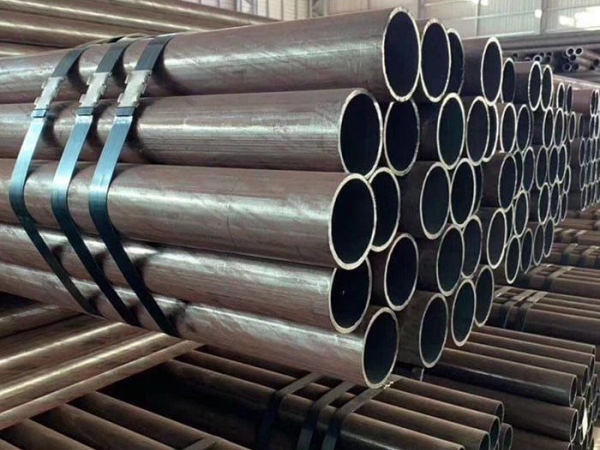ERW (Electric Resistance Welded) steel pipe is made from steel coils or plates with welds running parallel to the pipe. The quality evaluation process for ERW steel pipes typically involves multiple steps to ensure that these pipes meet specifications and standards and are suitable for their intended use. The following is the general ERW steel pipe quality evaluation process.

Raw material procurement:
First, manufacturers purchase raw materials that meet specific standard requirements, usually carbon steel coils. The quality and chemical composition of these raw materials must meet the requirements of prescribed standards.
Processing and manufacturing:
The raw materials go through processing processes such as coiling, cutting and prefabrication, and then enter the ERW welding process. In welding, an electric current is passed through the edges of steel plates, heating them and welding them together to form long tubes. The welding process requires strict control to ensure the quality of the weld.
Weld inspection:
After welding is completed, the weld will be inspected to ensure its quality. Nondestructive testing methods, such as ultrasonic testing, are often used to check for defects in welds, such as cracks or blowholes.
Dimensional Inspections:
The outer diameter, wall thickness, and length of the pipe are dimensionally inspected to ensure it meets specifications.
Chemical composition analysis:
Taking samples and analyzing the chemical composition of pipe materials to verify that they meet the requirements of specific standards.
Mechanical performance testing:
Pipe samples will undergo mechanical performance tests such as tensile testing and bending testing to determine their tensile strength, yield strength, elongation and other performance indicators.
Surface quality inspection:
Inspect the outside surface of the pipe to ensure there are no obvious defects, corrosion or stains.
Heat Treatment (if applicable):
Heat treatment procedures are performed as necessary to improve the hardness and other performance characteristics of the pipe.
Marking and packaging:
Pipes that pass inspection are marked and packaged in the prescribed manner for transportation and delivery to customers.
Documentation:
Manufacturers typically maintain quality records, including raw material certificates, welding records, inspection reports, etc., to trace and verify the quality of pipes.
Each step in the above process evaluates and controls different aspects of the quality of ERW steel pipes. These measures are designed to ensure that steel pipes meet predetermined standards and specifications and are suitable for their intended use.